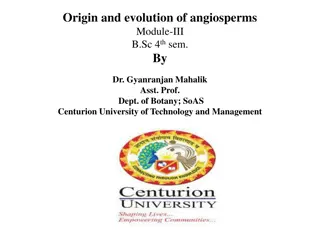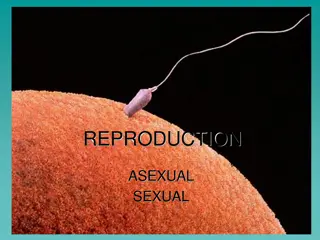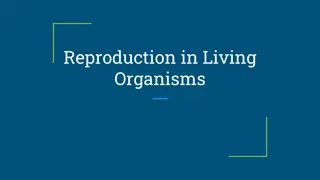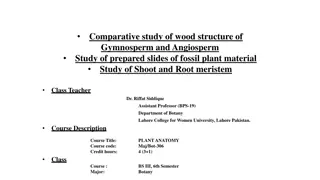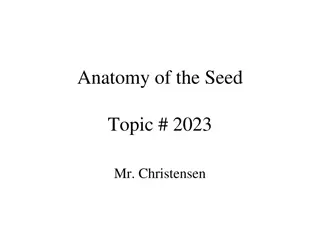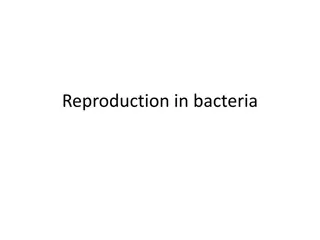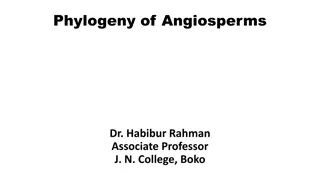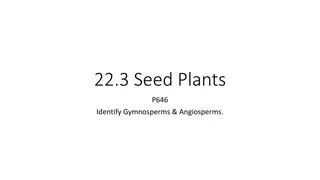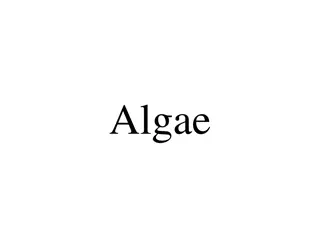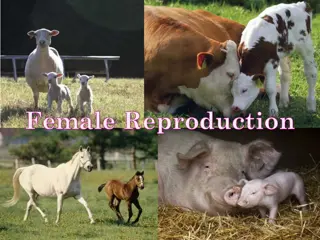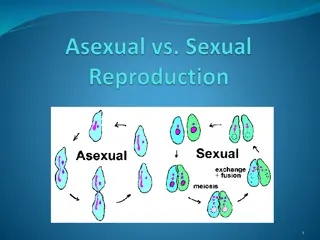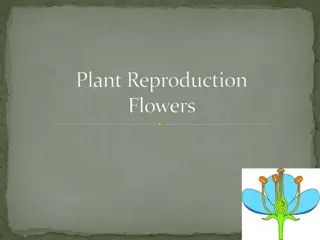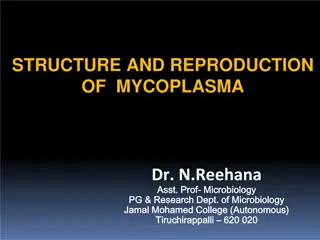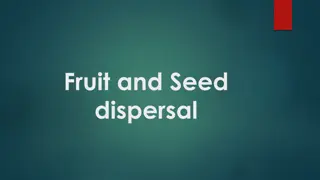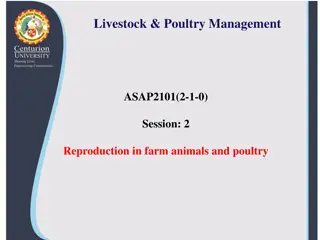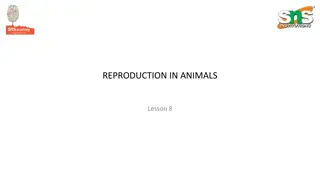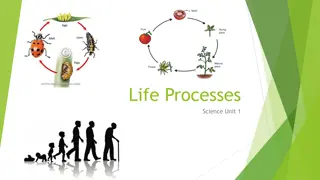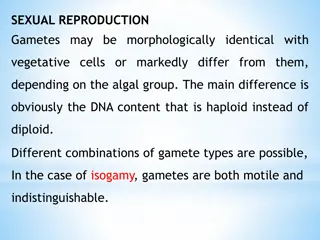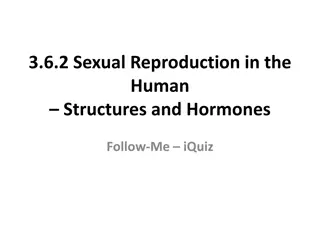Understanding Angiosperms: Classification and Reproduction
Angiosperms reproduce sexually through flowers, with their ovaries developing into fruits that protect and disperse seeds. Classification of angiosperms includes monocots and dicots based on the number of seed leaves. They are categorized by characteristics like stem composition and growing seasons for convenience.
Uploaded on Sep 21, 2024 | 0 Views
Download Presentation

Please find below an Image/Link to download the presentation.
The content on the website is provided AS IS for your information and personal use only. It may not be sold, licensed, or shared on other websites without obtaining consent from the author. Download presentation by click this link. If you encounter any issues during the download, it is possible that the publisher has removed the file from their server.
E N D
Presentation Transcript
22.4 Flowering Plants P650 Basic classification & characteristics of Angiosperms. Ovaries-Surround & protect the seeds.
Flowers & Fruits Q: What are the key features of angiosperm reproduction? A: Angiosperms reproduce sexually by means of flowers. After fertilization, ovaries within flowers develop into fruits that surround, protect, and help disperse the seeds. Fruit-the structure containing one or more matured ovaries.
Angiosperm Classification Cotyledons-first leaf or first pair of leaves produced by the embryo of a seed. Monocots-angiosperm with one seed leaf in its ovary. Dicots-angiosperm with two seed leaves in its ovary.
Angiosperm Diversity Q: How are different angiosperms conveniently categorized? A: Angiosperms are often grouped according to the number of seed leaves, the strength and composition of their stems, and the number of growing seasons they live.


